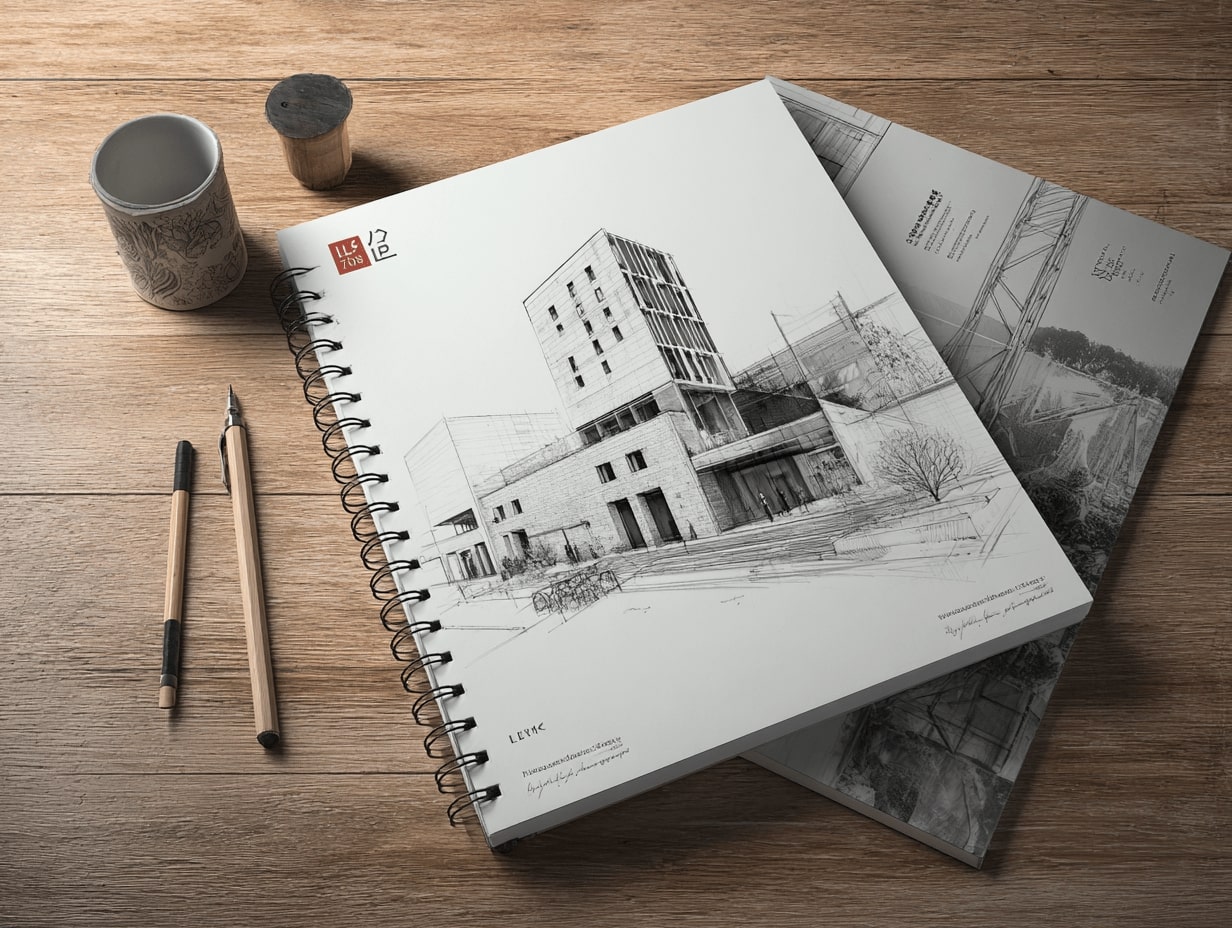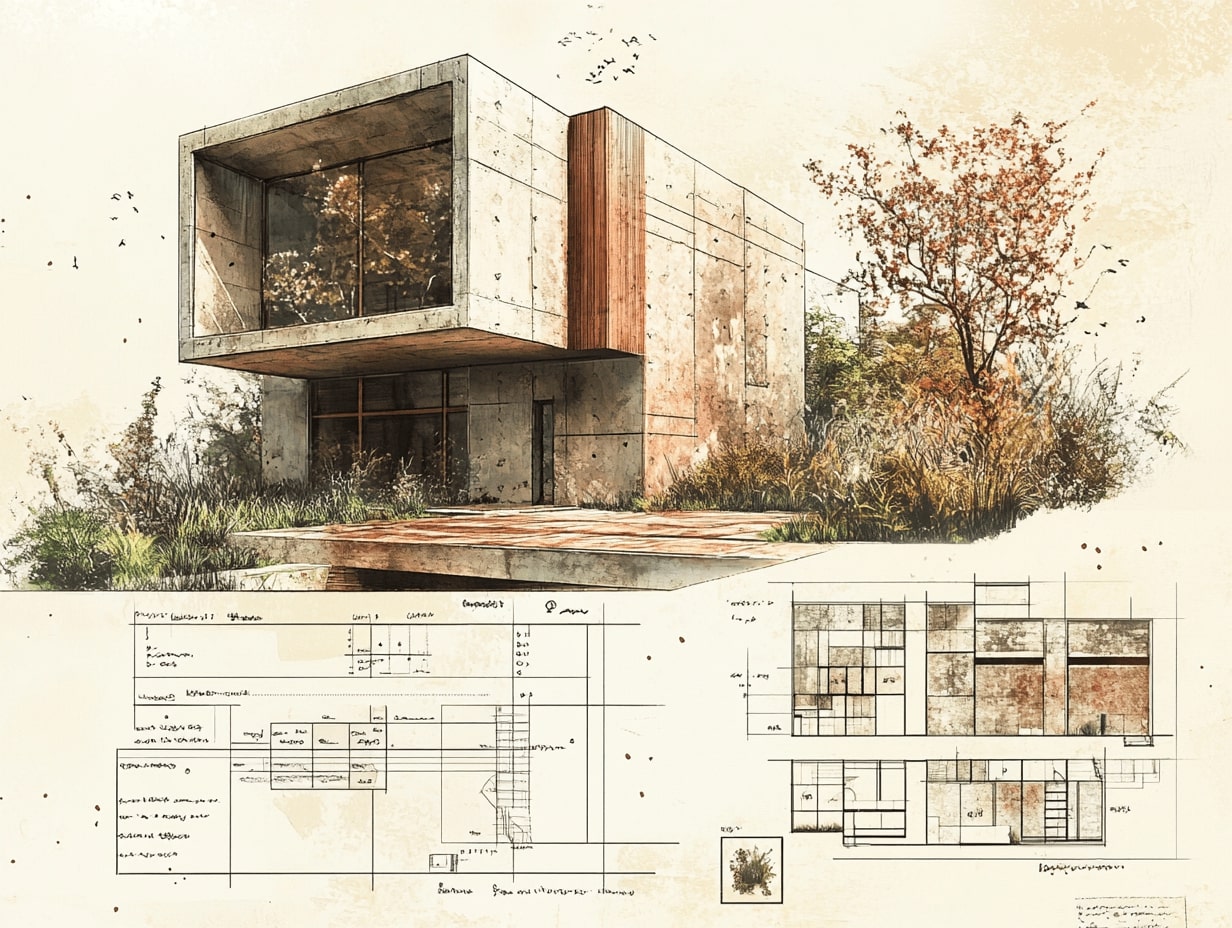- Home
- Articles
- Architectural Portfolio
- Architectral Presentation
- Inspirational Stories
- Architecture News
- Visualization
- BIM Industry
- Facade Design
- Parametric Design
- Career
- Landscape Architecture
- Construction
- Artificial Intelligence
- Sketching
- Design Softwares
- Diagrams
- Writing
- Architectural Tips
- Sustainability
- Courses
- Concept
- Technology
- History & Heritage
- Future of Architecture
- Guides & How-To
- Art & Culture
- Projects
- Interior Design
- Competitions
- Jobs
- Store
- Tools
- More
- Home
- Articles
- Architectural Portfolio
- Architectral Presentation
- Inspirational Stories
- Architecture News
- Visualization
- BIM Industry
- Facade Design
- Parametric Design
- Career
- Landscape Architecture
- Construction
- Artificial Intelligence
- Sketching
- Design Softwares
- Diagrams
- Writing
- Architectural Tips
- Sustainability
- Courses
- Concept
- Technology
- History & Heritage
- Future of Architecture
- Guides & How-To
- Art & Culture
- Projects
- Interior Design
- Competitions
- Jobs
- Store
- Tools
- More
How to Create a Professional Architectural Resume: Tips and Examples for 2024

Crafting a professional architectural resume can make all the difference when aiming to impress potential employers. In a field where precision and creativity are paramount, your resume needs to reflect both your technical skills and your design sensibility. A well-organized, visually appealing document not only showcases your experience but also demonstrates your attention to detail.
To stand out in the competitive architecture industry, it’s crucial to maintain consistent formatting throughout your resume. Clear section headings and the use of bullet points can significantly enhance readability, making it easier for hiring managers to quickly find the information they need. By focusing on these key elements, we can create a resume that effectively highlights our skills, experience, and achievements, ultimately making a lasting impression.
Table of Contents
ToggleUnderstanding the Essentials of a Professional Architectural Resume
Importance of a Well-Crafted Resume
A well-crafted resume isn’t just a summary of your work experience; it’s a tool that communicates your potential. In the architecture field, where creativity meets technical proficiency, a resume must reflect both aspects. A polished and meticulously designed resume, created with the help of a Resume Builder, can set you apart in a competitive job market where over 10,000 architects graduate annually, contributing to an already sizable pool of more than 370,000 professionals.

Key Components of an Architectural Resume
To create a powerful architectural resume, focus on several critical components:
- Contact Information:
- Include your full name, phone number, and professional email address.
- Add links to your portfolio, LinkedIn profile, or professional website if applicable.
- Professional Summary:
- Provide a brief summary highlighting your most significant achievements and qualifications.
- Use metrics to quantify achievements, such as “increased property value by 50%.”
- Work Experience:
- List your work history in reverse chronological order.
- Use bullet points to describe responsibilities and outcomes. For example: “Managed a $10M mixed-use project, resulting in a 15% revenue increase.”
- Education:
- Mention your degrees, the institutions you attended, and graduation dates.
- Include any relevant certifications or additional training.
- Skills:
- Highlight software proficiencies (e.g., AutoCAD, Revit).
- Include soft skills like project management and team collaboration.
- Projects:
- Detail significant projects you’ve worked on, emphasizing your role and the project’s impact.
- For instance, “Oversaw a $2M renovation, leading to a 20% increase in property value.”
- Awards and Recognitions:
- Mention any accolades or industry recognitions.
- This could include awards for specific projects or general professional excellence.
By including these components and focusing on clear, quantifiable achievements, your architectural resume will effectively showcase your professional capabilities and stand out to potential employers.

Structuring Your Architectural Resume
Choosing the Right Layout
Selecting the right layout can significantly impact the effectiveness of your resume. A clean, professional design ensures readability and highlights your qualifications. We recommend using a combination of sections such as:
- Header: Basic contact information
- Professional Summary: Brief overview of your background
- Experience: Detailed accounts of your work history
- Education: Academic qualifications
- Skills: Technical and interpersonal skills
- Projects & Awards: Relevant achievements
We suggest aligning your information logically, using bullet points for clarity, and including white spaces to avoid clutter.
Contact Information and Header
At the top of your resume, include a header with your contact details. Make sure this section contains:
- Full Name: In bold font for easy recognition
- Phone Number: Direct line for potential callbacks
- Professional Email: Ensure it’s a professional email address
- Location: City and state
- Portfolio Link: If available, an online portfolio of your work
Accurate contact information ensures hiring managers can reach out to you without any hassle. The header should be clear and straightforward, providing all necessary details.
Writing a Compelling Professional Summary
The professional summary serves as the elevator pitch of your resume. It should capture the hiring manager’s attention by highlighting your core strengths and career objectives. An effective summary includes:
- Experience Level: Mention your years of experience
- Specializations: Highlight your areas of expertise
- Career Goals: Align your goals with the company’s vision
- Key Achievements: Summarize notable accomplishments
Example: “Detail-oriented architect with 8 years of experience in designing sustainable structures. Specialized in urban planning and eco-friendly projects. Seeking to leverage technical skills and creative vision to contribute to [Company Name]’s innovative solutions.”
A compelling professional summary sets the tone for the rest of your resume by emphasizing what makes you an ideal candidate.
Detailing Your Professional Experience
Detailing our professional experience effectively is crucial for creating an impactful architectural resume. This section showcases our ability to manage projects, solve complex problems, and work collaboratively.

Best Practices for Describing Past Projects
When describing past projects, it’s essential to be concise, yet detailed:
- Project Description: Begin with a brief overview of the project. Mention the type (e.g., residential, commercial, mixed-use) and the scope (e.g., square footage, budget).
- Role and Responsibilities: Clearly define our role in the project. State our title and summarize our responsibilities.
- Specific Contributions: Highlight our specific contributions by focusing on tasks where we added unique value. For instance, mention if we led the design phase, coordinated with stakeholders, or streamlined construction processes.
- Outcomes: Present the outcomes of our efforts. Use metrics like project completion time, budget adherence, or client satisfaction to quantify success. For example, “Completed a $5M commercial project three months ahead of schedule, enhancing client revenue by 10%.”
Highlighting Key Achievements and Skills
Showcasing key achievements and skills can significantly improve our resume’s effectiveness:
- Technical Skills: List relevant technical skills, such as CAD software proficiency, 3D modeling, and knowledge in building codes and regulations.
- Soft Skills: Emphasize soft skills like teamwork, adaptability, and communication. Projects often require collaboration, and these skills can set us apart.
- Certifications and Awards: Include certifications (e.g., LEED accreditation) and awards (e.g., design competitions) to underscore our qualifications.
- Career Highlights: Identify 1–2 career highlights that demonstrate our problem-solving abilities and innovative thinking. For instance, “Managed a $10M mixed-use project, coordinating with diverse teams to deliver on time and within budget.”
By implementing these strategies, we can effectively detail our professional experience, making our architectural resume compelling and relevant to potential employers.
Educational Qualifications and Certifications
How to List Education Effectively
Educational qualifications serve as the foundation of any architectural resume. When listing education, start with the highest degree earned. Include the institution’s name, degree obtained, location, and graduation date. For instance, list your Master of Architecture followed by your Bachelor of Science in Architecture.
Keep each entry concise yet informative by mentioning relevant coursework, especially if it aligns with the job requirements. Entries should look like this:
University of Architecture, New York, NY
- Master of Architecture, Graduated: May 2018
- Bachelor’s of Science in Architecture, Graduated: May 2015
If applicable, include honors or distinctions such as “Cum Laude” or scholarships awarded. Mentioning relevant extracurricular activities, like participation in architecture clubs or competitions, highlights your commitment and engagement in the field.

Top Certifications to Include on Your Resume
Certifications enhance a resume’s credibility by showcasing specialized knowledge and skills. Some top certifications architects should consider include:
- Licensed Architect (NCARB): Demonstrates comprehensive understanding and practice in architecture.
- LEED Accredited Professional (LEED AP): Indicates expertise in green building practices and sustainability.
- Project Management Professional (PMP): Reflects strong project management skills, which are critical in architecture projects.
- Building Information Modeling (BIM): Certifies proficiency in BIM software like Autodesk Revit, crucial for modern architectural firms.
- Certified Construction Contract Administrator (CCCA): Proves ability to administer construction contracts and manage project documentation efficiently.
Include the certification name, issuing organization, and the date obtained to ensure clarity:
- Licensed Architect (NCARB), National Council of Architectural Registration Boards, June 2019
- LEED Accredited Professional (LEED AP), U.S. Green Building Council, December 2018
These credentials certify your expertise and distinguish you from other applicants, making your resume more compelling to potential employers.
Skills and Technical Proficiencies
Essential Technical Skills for Architects
Architects must possess a thorough grounding in mathematics and design. Practical proficiency in software applications is crucial. Tools such as Revit, AutoCAD, Photoshop, and SketchUp are fundamental. Mastering these can streamline drafting and modeling tasks. Building Information Modeling (BIM) proficiency is becoming more critical in modern practices.
A robust understanding of structural engineering principles and construction is necessary. Architects need to interpret building codes and regulations accurately. Preparing construction documents, drafting and detailing structural elements, and estimating project costs are vital tasks. Familiarity with methodologies in MS Word and PowerPoint ensures professionalism in presentations and documentation.
Incorporating Soft Skills
Soft skills complement technical abilities and enhance professional interactions. Effective communication ensures clear articulation of concepts. Collaboration with engineers and contractors is essential, necessitating adaptability. Problem-solving and critical thinking aid in overcoming project challenges efficiently.
A solid ethic and time management enable architects to deliver projects on schedule. Negotiation and persuasion skills facilitate stakeholder agreements. Leadership and project management ensure coordination and task completion within timelines. Creativity drives innovative design solutions, maintaining a competitive edge in the architectural field.
- architect CV guide
- architect resume templates
- architect resume writing services
- architectural intern resume tips
- architectural resume cover letter
- architectural resume design ideas
- Architectural resume examples
- architecture job application resume
- architecture resume skills section
- architecture resume tips 2024
- best architecture resume
- creating an architect resume
- custom architect resume design
- effective architect resume strategies
- graduate architect resume advice
- how to write an architecture resume
- portfolio tips for architects
- professional architect CV
- resume format for architects
- resume objective for architect
- senior architect CV example
Submit your architectural projects
Follow these steps for submission your project. Submission FormLatest Posts
Digital Marketing: The New Portfolio for Showcasing Skills and Attracting Opportunities
Discover how digital marketing has revolutionized the traditional portfolio in today's fast-paced...
Essential Tips for a Good Architecture Portfolio to Impress Employers and Clients
Unlock your architectural potential with our essential tips for crafting a standout...
How to Stage a House for an Architectural Portfolio Shoot
A house might look beautiful in person, but through a lens? That’s...
The Process Behind a Successful Architecture Portfolio: Tips for Design and Presentation
Discover the art and strategy behind building a standout architecture portfolio. Learn...












Leave a comment